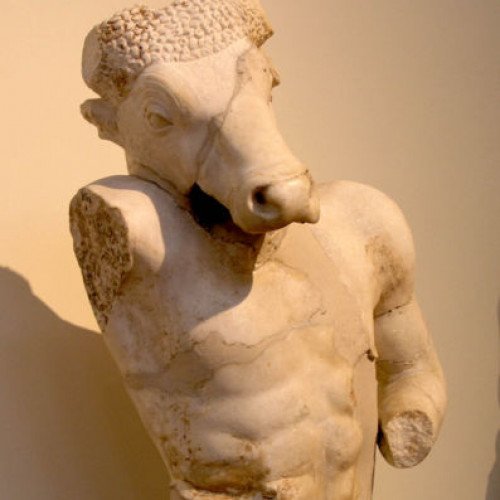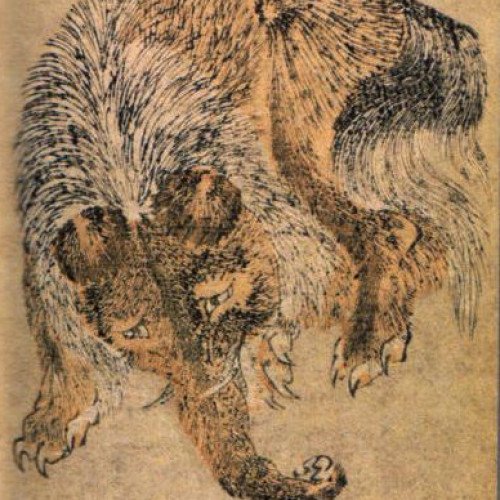Minotaur VS Baku (mythology)

Minotaur
In Greek mythology, the Minotaur ( MY-nə-TOR, MIN-ə-TOR, US: MIN-ə-TAR, -oh-; Ancient Greek: Μινώταυρος [miːnɔ̌ːtau̯ros]; in Latin as Minotaurus [miːnoːˈtau̯rʊs]) is a mythical creature portrayed in Classical times with the head and tail of a bull and the body of a man or, as described by Roman poet Ovid, a being "part man and part bull". He dwelt at the center of the Labyrinth, which was an elaborate maze-like construction designed by the architect Daedalus and his son Icarus, on the command of King Minos of Crete. The Minotaur was eventually killed by the Athenian hero Theseus.
Statistics for this Xoptio

Baku (mythology)
Baku (獏 or 貘) are Japanese supernatural beings that are said to devour nightmares. According to legend, they were created by the spare pieces that were left over when the gods finished creating all other animals. They have a long history in Japanese folklore and art, and more recently have appeared in manga and anime. The Japanese term baku has two current meanings, referring to both the traditional dream-devouring creature and to the Malayan tapir. In recent years, there have been changes in how the baku is depicted.